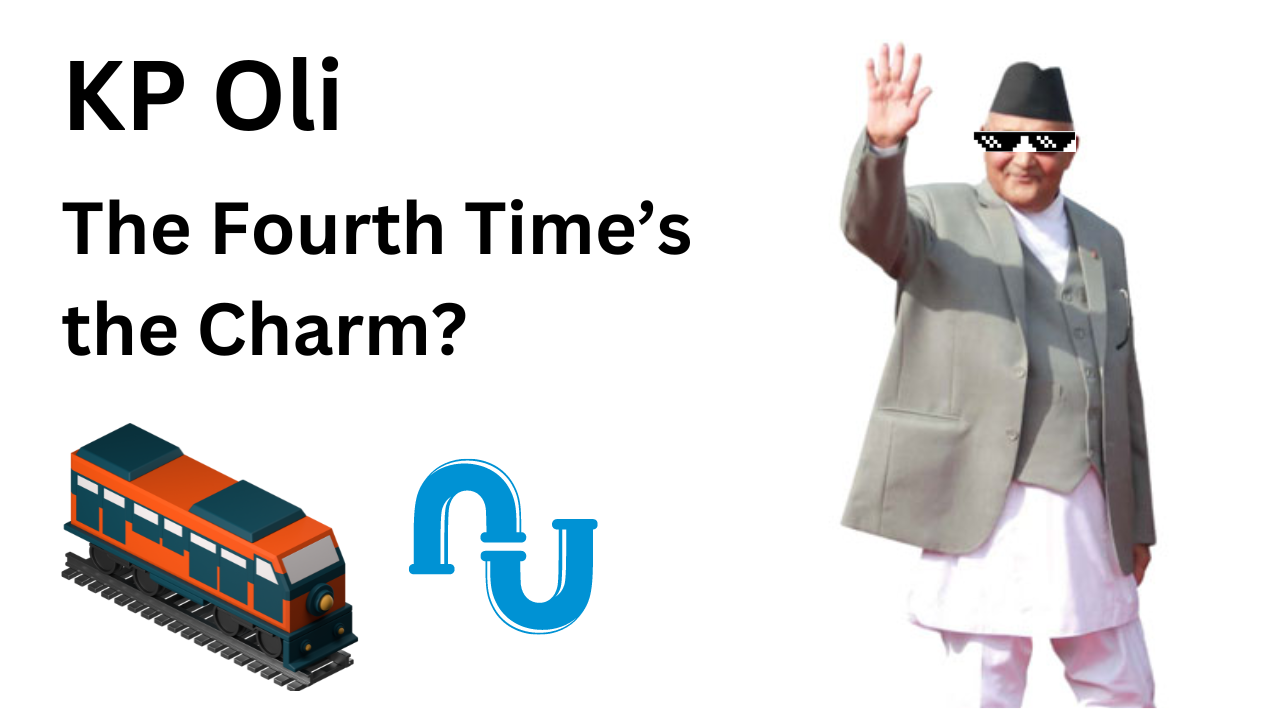Nepal is once again graced with the leadership of KP Sharma Oli as he becomes the Prime Minister for the fourth time. One might wonder if this time, the stars will align, the economy will boom, and all the nation’s problems will be magically solved. Spoiler alert: they won’t. If history is any indication, KP Oli could become Prime Minister ten times, and we’d still be spinning our wheels in the same political mud.
A Legacy of… What Exactly?
KP Oli’s political career is a curious case of resilience and, let’s face it, a certain kind of charm that keeps bringing him back to power. But what has he achieved in his previous terms? Aside from grandiose promises and catchy slogans, not much. One could say his tenure is like a long-running TV show that lost its plot several seasons ago but still keeps getting renewed for another season.
In his previous terms, we’ve seen ambitious projects and lofty goals, but the results have been less than impressive. Whether it’s the dream of making Nepal the “Switzerland of Asia” or launching infrastructure projects that never quite get off the ground, KP Oli’s tenure has been more about talk than action.
The Political Syndicate: Same Faces, Different Masks
Why does Nepal keep cycling through the same leaders? The answer lies in the intricate web of political syndicates that dominate the country’s political landscape. This exclusive club ensures that power remains within a tight circle of familiar faces, leaving capable candidates out in the cold. It’s like a game of musical chairs where the same few players keep grabbing a seat, while the rest are left standing.
These political syndicates operate like an elite fraternity, where new and capable leaders are not given a chance to shine. Instead, the same old players, with their tried-and-tested methods of maintaining the status quo, keep coming back. It’s a perfect recipe for stagnation.
Why Not Someone New?
Imagine a scenario where fresh faces, with innovative ideas and a genuine desire to serve the nation, are allowed to take the reins. Unfortunately, that remains a distant dream. The political landscape is so deeply entrenched in its old ways that any new candidate with potential is either sidelined or discouraged.
This systemic exclusion of capable leaders is not just a coincidence but a well-orchestrated strategy to keep the power within a select group. It’s like trying to join an exclusive club where the entry criteria are deliberately opaque and designed to keep newcomers out.
The Oli Effect: More of the Same
So, what can we expect from KP Oli’s fourth term? More of the same, unfortunately. Grand promises, ambitious projects, and a lot of rhetoric, but little in terms of tangible results. It’s a bit like expecting a different ending from a movie you’ve seen three times before.
There might be new policies announced, and perhaps some new projects initiated, but the underlying issues of political infighting, bureaucratic inefficiency, and corruption are likely to persist. In the end, it’s just another chapter in the same old story.
Conclusion
As KP Oli steps into the Prime Minister’s office for the fourth time, the air is thick with skepticism. While it’s always important to hold onto hope, it’s equally important to be realistic. Unless there is a significant shift in the political dynamics and a break from the entrenched syndicates, Nepal will continue to see more of the same.
In the end, it’s not about how many times a leader takes office, but about what they do with their time in power. Unfortunately, if history is any guide, KP Oli’s fourth term is unlikely to be any different from his previous ones.



